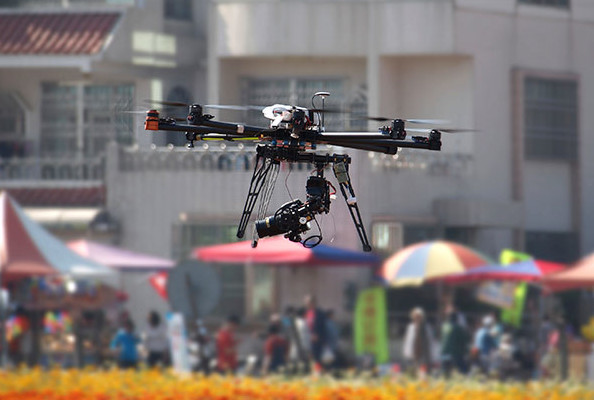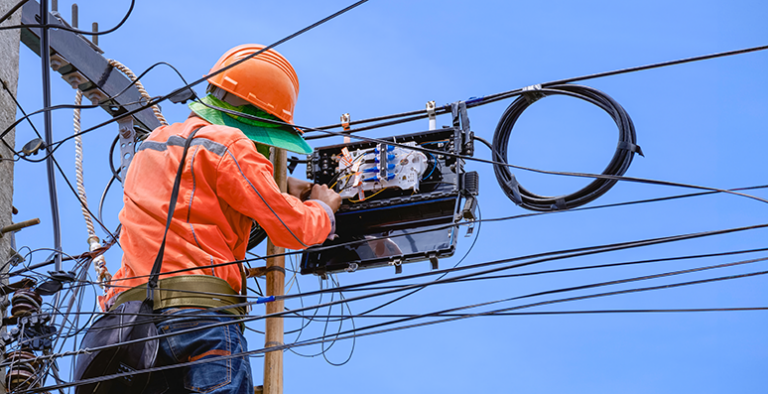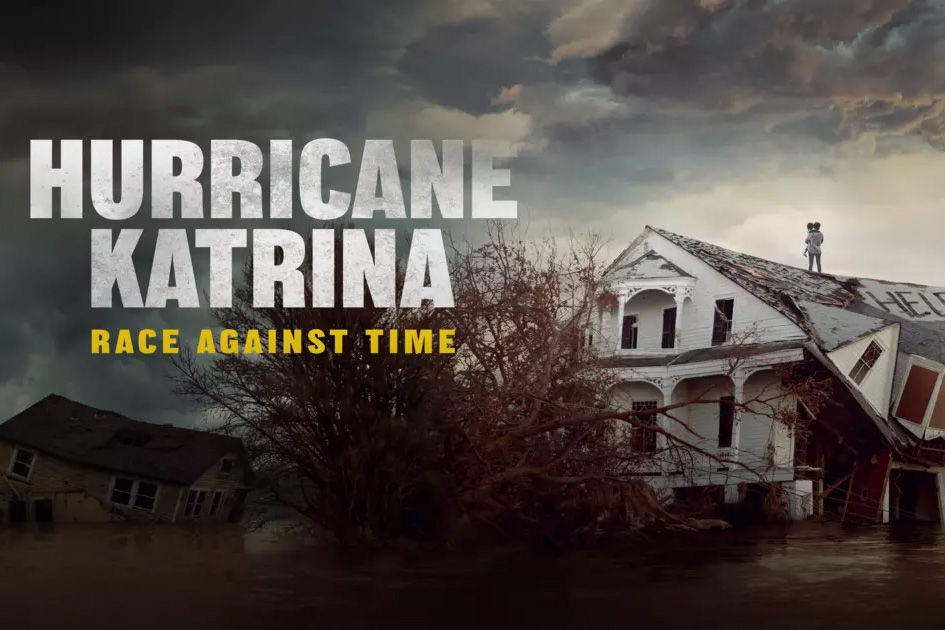For decades, cable programmers have been delivering incredible content into our homes and onto our mobile devices, bringing their imagination to our screens. In order to enhance quality storytelling, programmers are constantly pushing the envelope in innovative video production techniques.
That’s why NCTA, along with the National Association of Broadcasters and the Radio Television Digital News Association, is encouraging the FAA to support the next technological revolution: accessible, flexible drone technology. Drones – also called Small Unmanned Aircraft Systems (sUAS) but we’ll stick to drones — are becoming important to news, entertainment, and sports programmers because they open up new, even yet-unimagined opportunities in news gathering and production of content.
We’ve already seen the potential of drone technology in CNN’s coverage outside Selma, Alabamafor the 50th anniversary of the “Bloody Sunday” march. And drone video sent us unparalleled footage from the horrific earthquake in Nepal.
These unique perspectives deliver a close-up to the most important moments in our world and they are only possible drones.
Drone technology has the ability to revolutionize newsgathering, sports coverage, and all types of video programming production. It will enhance journalists’ ability to inform the public. It will provide more compelling sports coverage. It will improve our ability to tell stories by capturing unique and captivating images that educate and delight. And perhaps most importantly, it will allow us to create high-quality content more safely than today’s helicopter photography operations allow.
To maximize the potential of drones for video production, rules governing their use need to be flexible enough to quickly respond to advances in technology and standards. In its rulemaking to expand the commercial use of drone technology, the Federal Aviation Administration is on the right track to achieving the safe integration of drones in the national airspace. With a few important modifications to the proposed rules, the FAA can reach the right balance between safety, productivity and economic growth.
Like the FAA, we want to strike the right balance between safety and new opportunities. We agree, for instance, that limitations on drone weight, airspeed and altitude at which they can fly (to name just a few) all make sense. And we support the FAA’s proposal to create a micro drone classification and to develop separate rules for their operation in order to fully capitalize on the benefits they have to offer newsgatherers and video producers.
“These unique perspectives deliver a close-up to the most important moments in our world and they are only possible drones.”
But we hope the FAA will refine its rules to provide some additional flexibility, for example, by allowing in certain circumstances drone operation beyond visual line of sight and over a person who is not directly participating in the operation of the drone, as well as allowing drone usage outside of daylight hours.
We also hope the FAA will acknowledge the incredibly rapid pace of drone technology, and offer opportunities for waivers from these rules, where appropriate. Rules should expressly recognize that some parties might obtain exemptions when they can demonstrate an established level of safety. And these exemptions should be offered in a streamlined and efficient manner. This will allow news, sports, and entertainment converge to take place as events happen, where they happen, and when they happen – especially when they unfold under less-than-ideal circumstances.
The FAA’s proposed drone rules are a welcome step forward that will enable commercial newsgatherers and video producers to take advantage of this groundbreaking technology to capture illuminating and informative content, thrilling sports coverage, and important local, national, and even global news.
NCTA, NAB, and RTDNA are pleased with the breadth of operations that the proposed rules would permit, and our suggestions encourage a framework to make this emerging technology even more useful for news and video production purposes.
You can read our entire statement to the FAA here.









